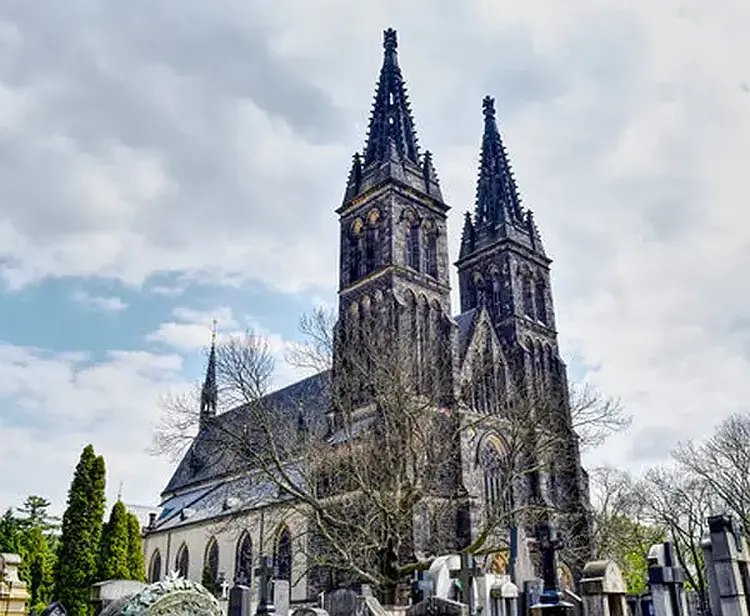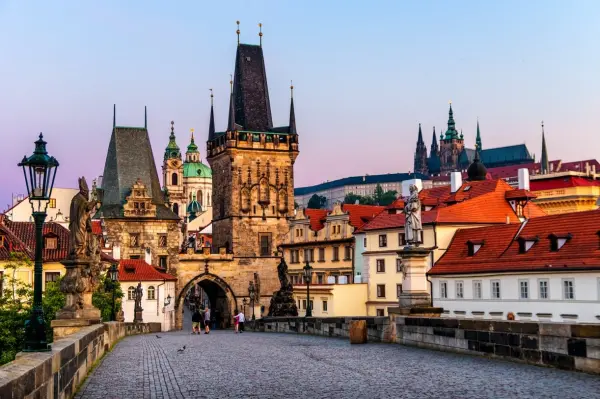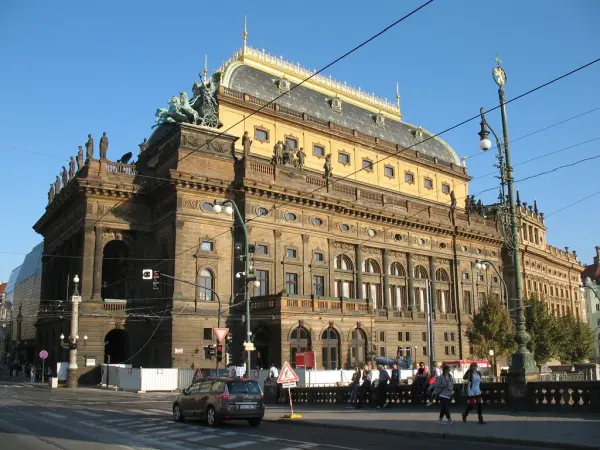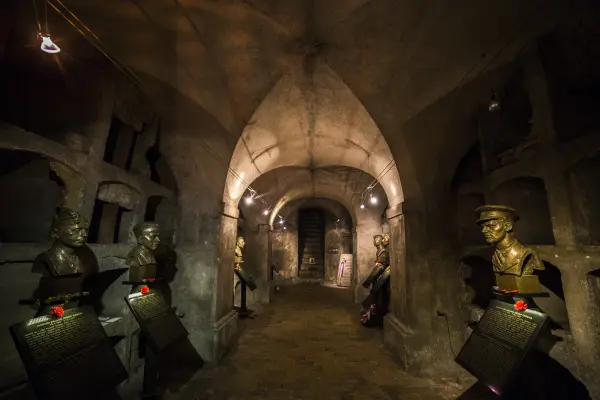Prague’s history is long and rich in titillating and saddening events. Many massive books have been written on Prague’s history, so what you read here, of course, isn’t in great detail. But, it will help you get in rhythm with the historic beats of the Heart of Europe.

The Dawn of Prague: 500 B.C. to 9th Century
- 500 B.C. – the first Celtic tribe with a known name inhabits the area of Prague. They are called Boii thus lending the origins of Bohemia.
- 500 A.D. – Slavic tribes following their legendary Father Czech move in, hence the title of the Czech Republic.
- 9th century – first Premyslid ruler in Prague,Borivoj and his wife Ludmilla. They begin the establishment of Prague Castle. Merchants make a settlement along the banks of the Vltava River as precursor to the grand market on Old Town Square.
The Era of Good King Wenceslas and the Foundation of Prague’s Landmarks
- 10th century – “Good King Wenceslas” (“duke” or “prince” in life, but given title of king posthumously), grandson of Borivoj and Ludmilla, founds the St. Vitus Rotunda and begins aligning Prague with Roman Empire and German Saxony. Foundation of Vysehrad, Prague’s other castle which housed the royal family for a couple of centuries.
Expansion of Religious Monuments and the First Bohemian Kin
- 11th century – St. Vitus Rotunda enlarged to be Basilica under Prince Spytinhev. First Bohemian king Vladislav II lives in Prague. Under the reign of Oldrich, Moravia is definitively joined to Bohemia.
Architectural Developments: Bridges, Rotundas, and Monasteries
- 12th century – Prague’s first stone bridge is built, called Judita after the king’s wife who funded the project. Rotunda of St. Martin is built at Vysehrad, Prague’s oldest rotunda still in existence. St. Wenceslas was named Czech patron saint. Vladislav II founds Strahov Monastery.
Establishment of Old Town and Lesser Town
- 13th century – Old Town and Lesser Town established and officially recognized as townships. Premysl Otakar II, known as “King of Iron and Gold” ruled in Bohemia and 7 other lands, making him the most powerful king in the Holy Roman Empire during his era. He established many Czech cities during his reign. Old New Synagogue build in Josefov Jewish Quarter of Prague.

Prague’s Golden Era Under Charles IV
- 14th century – Prague’s Golden Era under King Charles IV. He was Bohemian king and Holy Roman Emperor. He established New Town, Charles University, initiated the building of St. Vitus Cathedral, had the Charles Bridge built (at the time just called “Stone Bridge”).
Hussite Wars and the Rise of Protestantism
- 15th century – Hussite wars break out after Jan Hus (John Huss) is burned at the stake for his efforts to reform the Catholic church. His followers begin a new protestant religion and fight off Crusaders multiple times and Protestantism grows quickly.
Rudolf II’s Reign: A Blend of Magic, Art, and Tolerance
- 16th century – Hapsburg Emperor Rudolf II reigns from Prague, encouraging magical, artistic, and alchemic growth. To help maintain the peace between the increasing tension between the Protestants and Catholics, Rudolf II signs an edit of religious tolerance.
Turbulent 17th Century: Defenestrations and the 30 Years War
- 17th century – Ferdinand II’s attempt of re-catholization in the Czech-lands leads up to the defenestration in Prague Castle, the Battle of White Mountain, and the 30 Years War.
Formation of Modern Prague in the 18th Centur
- 18th century – Prague city is formed when Josef II joins Hradcany, Old Town, New Town, and Lesser Town into one conglomerate city. St. Nicolas Church of Lesser Town and of Old Town are built.

The Industrial Revolution and Cultural Flourishing in the 19th Century
- 19th century – Industrial Revolution, railways come to Prague. Several great Czech institutes open such as National Theatre, National Museum, and Rudolfinum.

20th Century: From Independence to Velvet Revolution
- 20th century – Foundation of an independent Czechoslovakian Republic, Nazi occupation during WWII, Russian occupation from end of WWII, the Velvet Revolution overthrows Communism in 1989, foundation of a second independent Czechoslovakian Republic, diplomatic split of Czech and Slovak Republic in 1993.
21st Century: Entering the European Union and Beyond
- 21st century – Entrance to European Union in 2004, entrance to Schengen agreement in 2008, first direct citizens’ election of President in 2013.





